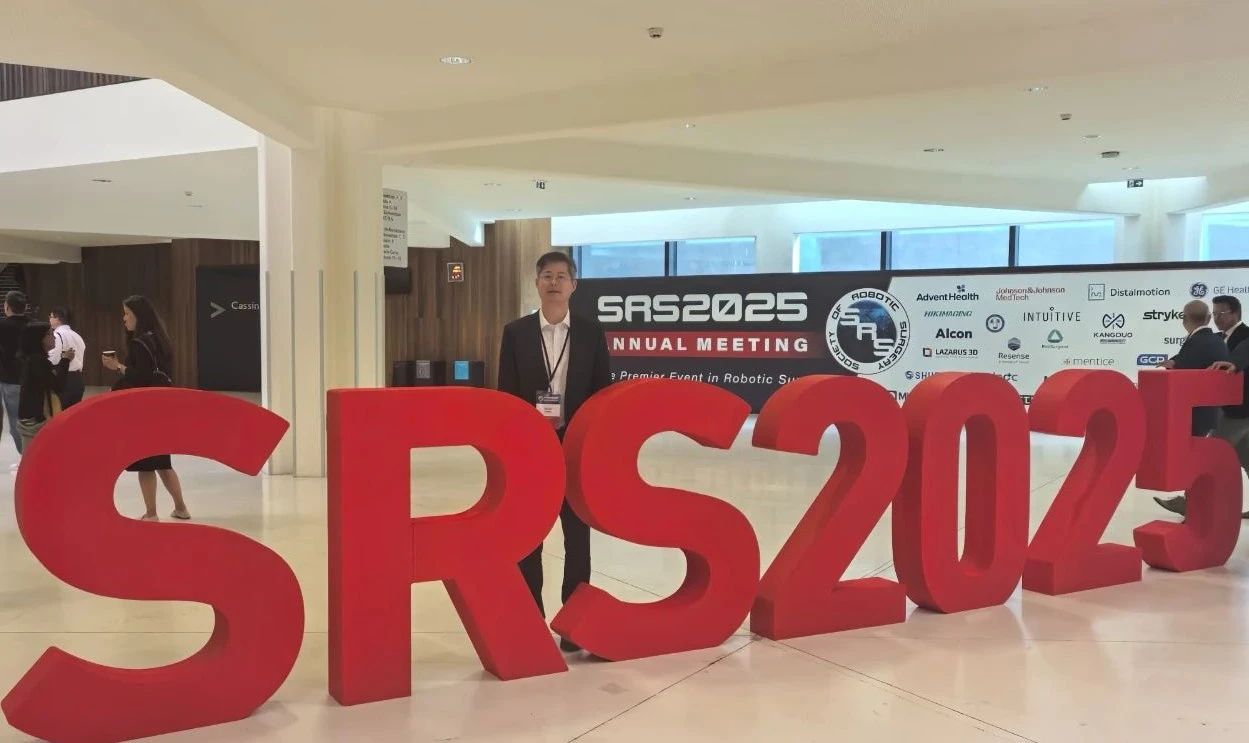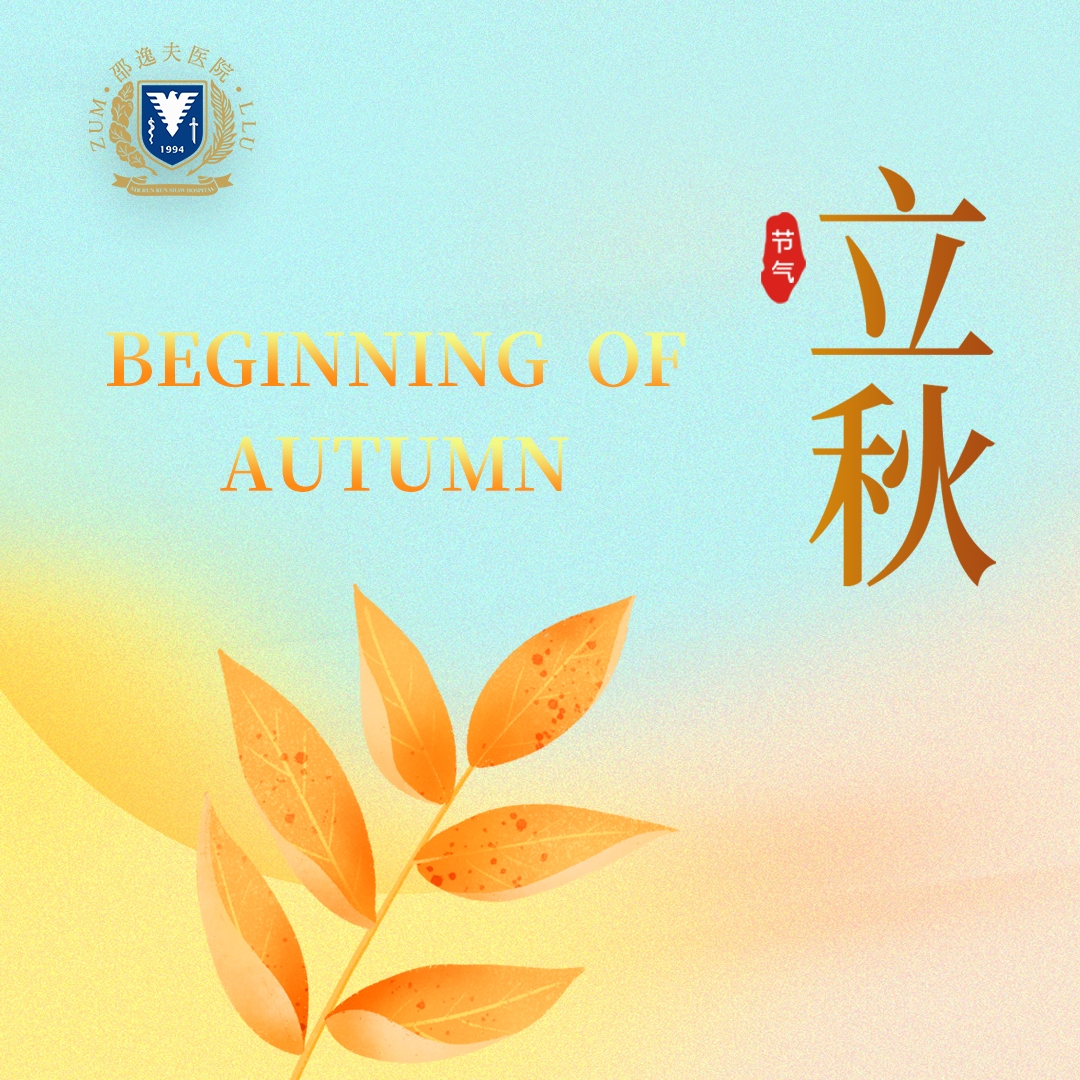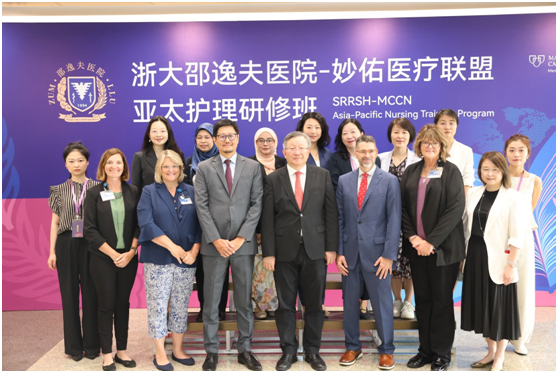
Fractures, Cracks, Splinters… Don't Panic! Sir Run Run Shaw Hospital Develops World's First Bone Glue
During the Northern Song Dynasty ( 960-1279 AD), craftsmen in Quanzhou, Fujian, faced a formidable challenge: the piers of the Luoyang Bridge, built across the sea, were constantly eroded by seawater. Instead of fighting the ocean, they harnessed the power of nature by cultivating oysters beneath the bridge. The natural “adhesive” secreted by these remarkable creatures allowed the piers to withstand millennia of tidal forces, standing firm and creating the world's earliest bioengineering miracle known as "using oysters to consolidate the foundation."
Thousands of years later, scientists have carried forward this ancient wisdom. A team led by Professor Fan Shunwu and Associate Chief Physician Lin Xianfeng from the Orthopedics Department of Sir Run Run Shaw Hospital, affiliated with Zhejiang University School of Medicine, gained inspiration from oyster adhesion. They have solved a century-old medical challenge by successfully developing the world's first bone adhesive material capable of achieving instant, strong adhesion in the human body's bloody, wet environment – named "Bone 02".
In September 2025, Sir Run Run Shaw Hospital, in collaboration with the Second Affiliated Hospital of Zhejiang University School of Medicine, Shanghai Sixth People's Hospital, and other leading medical institutions in China, completed enrollment for the world's first multicenter randomized controlled clinical trial on adhesive treatment for comminuted fractures. "Bone 02" demonstrated excellent safety and effectiveness in over 150 patient participants. This innovative biomaterial can be widely used for adhering and fixing bone fragments of various sizes, promising to revolutionize orthopedics treatments.
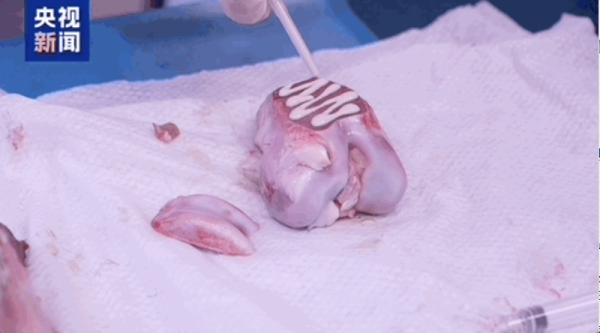
Solving the "Bone-Puzzle" Challenge
Fractures are common clinical injuries and are one of the leading causes of disability in young and middle-aged patients and mortality in elderly patients. While overall fracture prognosis has improved dramatically with advances in modern medical technology, particularly the use of metal internal fixation devices like screws and plates, clinical treatment of comminuted fractures with numerous small bone fragments remains a major challenge.
Traditional metal fixation methods often struggle to achieve anatomical reduction. Fixing small fragments is not only time-consuming and labor-intensive, but also risks losing fragments during surgery or having them reabsorbed by the body, leading to irreversible bone loss. This can subsequently cause delayed union or nonunion. Particularly for comminuted fractures near joints, the inability to achieve precise reduction can easily result in joint surface defects or irregularities, ultimately leading to post-traumatic arthritis and severely impacting patients' quality of life. Providing more effective, minimally invasive treatment options for these patients has become one of the most challenging clinical problems in orthopedics.
Inspiration from a Natural Phenomenon
"What if there was a medical material that could directly glue bones together…" This seemingly simple idea took root in Professor Fan Shunwu's mind early in his career, spanning over 40 years in orthopedic surgery. Professor Fan passed this "baton" to Associate Chief Physician Lin Xianfeng, a member of the "post-90s" generation.
"Could we emulate oysters and create similar possibilities within the wet environment of the human body?" A turning point came when Lin Xianfeng was visiting his hometown in Wenzhou. Having grown up by the sea, he noticed a dense layer of oysters firmly attached to the base of a cross-sea bridge. Despite enduring wind and waves, they remained integrally bonded to the concrete. Inspired by this bionic principle, the team found its direction. However, translating inspiration into a product involved overcoming significant barriers: material selection and breakthrough, process innovation, and rigorous experimental safety validation within the body.
These challenges did not deter the determined team. They successfully overcame a series of key obstacles, achieving three core breakthroughs: instant, strong adhesion in a wet, blood-rich physiological environment; simple and efficient application, with significant surgical efficiency; and biodegradability, with the material being naturally absorbed within about six months, enabling truly "scarless" healing. This innovative achievement was given a fitting name – "Bone 02". Inspired by the well-known "502" instant adhesive, the name reflects the aspiration for it to achieve similarly strong adhesion and widespread use in orthopedics.
The Clinical Value of "Bone 02"
The clinical value of "Bone 02" has been validated in over 150 cases across multiple centers in China. In one instance, a young worker suffered a comminuted fracture of the distal radius in his wrist. The traditional treatment would require a large incision to implant a plate and screws, which is not only highly invasive and carries risks of tendon adhesion or nerve injury but also necessitates a second surgery for removal. Using the "Bone 02" adhesive technique, the team injected the "glue" material through a single minimally invasive incision (2-3 cm), achieving precise adhesion and fixation of the bone fragments in just three minutes. A three-month follow-up showed excellent fracture healing, no complications, and complete restoration of wrist function.
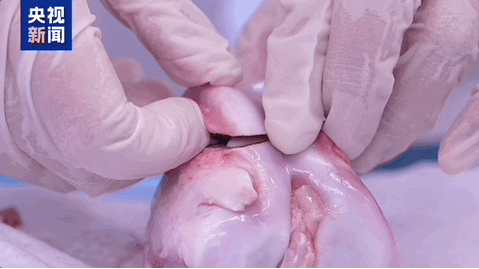
This original scientific achievement marks a major independent breakthrough for China in the field of minimally invasive fracture treatment. "Its broad application prospects are particularly noteworthy," Lin Xianfeng stated. "It applies to fracture repair in almost all parts of the body and for fragments of various sizes, especially small fragments that are difficult to fix with traditional methods. Due to its rapid adhesion and convenient usage, it holds future potential for emergency fracture treatment in scenarios like military combat and disaster relief."
From 0 to 1, and Then to N
While "Bone 02" demonstrates exciting potential in treating comminuted fractures, the developers are already looking towards broader horizons. The team plans to initiate clinical trials for its use in dental implants and as a replacement for minimally invasive spinal internal fixation. As clinical applications expand, "Bone 02" is evolving from a single breakthrough towards innovation on all fronts.
Tracing the roots of this innovation reveals a foundation deeply embedded in the supportive environment at Sir Run Run Shaw Hospital and the long-term scientific dedication of its orthopedics department. Three years ago, this very team introduced chloroplast thylakoids from spinach into mammalian cells, granting the animal cells energy derived from photosynthesis to reverse the metabolic state of diseased cells. That groundbreaking research was published in Nature, representing the first fully independent, original basic research achievement in orthopedics in China.
Professor Cai Xiujun, President of Sir Run Run Shaw Hospital, commented that "Bone 02" addresses clinical needs and bottlenecks. Relying on multidisciplinary collaboration to conquer a world-class challenge, it fully embodies our development philosophy of "differentiation, precision minimally invasive medicine, problem-oriented approach, and interdisciplinary integration." It stands as a model of coordinated development among education, science and technology, and professionals, and a firm practice of the "Four Aspects" guiding principle. Sir Run Run Shaw Hospital will continue to support the clinical trials, translation, and promotion of this achievement, propelling this "Created in China" innovation to benefit patients worldwide as soon as possible.
From the laboratory to the operating room, as medical scientists continually push the boundaries of life and health, we have every reason to believe that "Created in China" will contribute to global health with its distinctive wisdom.








